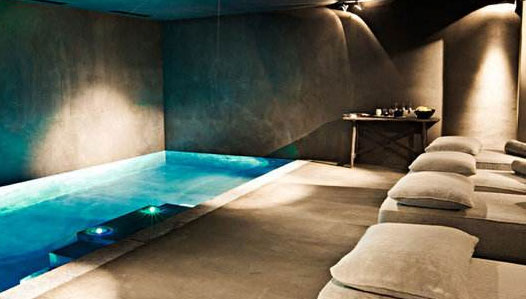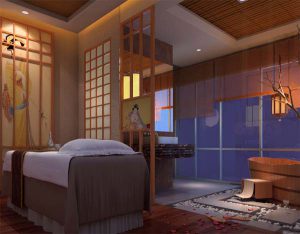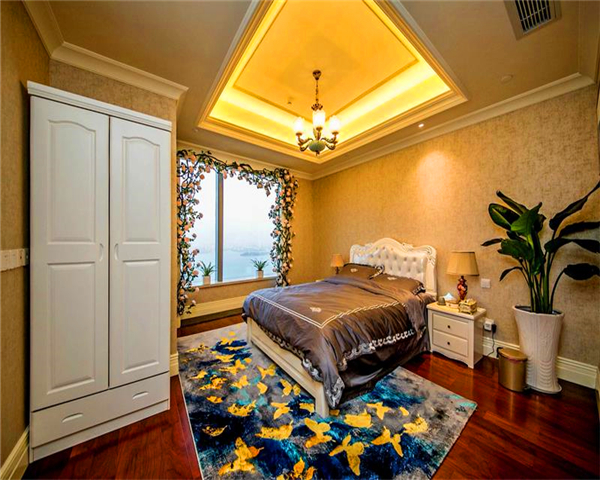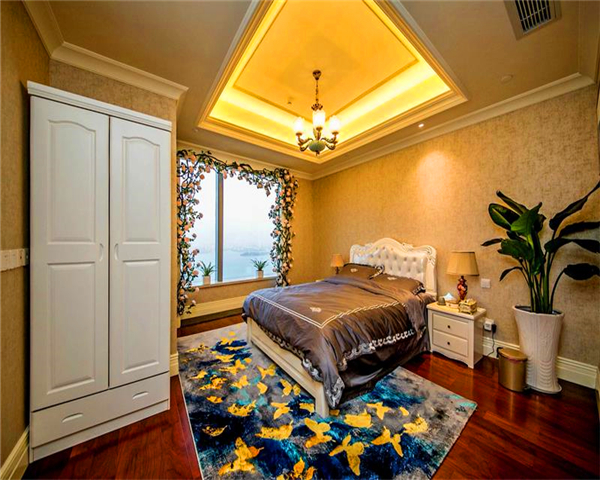广州桑拿文化探秘:从传统到现代的演变
The Evolution of Guangzhou’s Sauna Culture: From Tradition to Modernity
Roots in Tradition: The Birth of Cantonese Bathhouses
Guangzhou’s sauna culture traces back to the Tang Dynasty, when public bathhouses served as social hubs. The Lingnan region’s humid climate made regular bathing essential, and traditional herbal steam baths (中药熏蒸) became medicinal rituals. Locals soaked in ginger-infused water or mugwort steam to dispel dampness—a practice still seen in Qingping Market’s elderly spas.
The 1990s Boom: Luxury Meets Mass Appeal
Post-reform China saw saunas evolve into 24/7 entertainment complexes. Venues like White Swan Hotel’s spa combined Jacuzzis with mahjong rooms, while businessmen sealed deals over fish pedicures. The early 2000s introduced Korean-style jimjilbangs, adding ice rooms and charcoal saunas to Guangzhou’s repertoire.
Wellness Reinvention: The 2020s Shift
Modern Guangzhou prioritizes health with cryotherapy chambers in Pearl River New Town and forest-theme salt caves mimicking Himalayan mines. Tech integration is key—AI analyzes sweat composition at Tiandi Spa, while blockchain verifies organic essential oils. Yet, heritage persists: Yongqing Fang’s tea-infused saunas use Pu’er leaves from century-old shops.
Conclusion: A Culture in Balance
From communal tubs to biometric wellness, Guangzhou’s sauna culture mirrors its urban transformation—honoring tradition while embracing innovation. Today, it stands as a testament to Cantonese adaptability, blending ancient wisdom with futuristic self-care.












